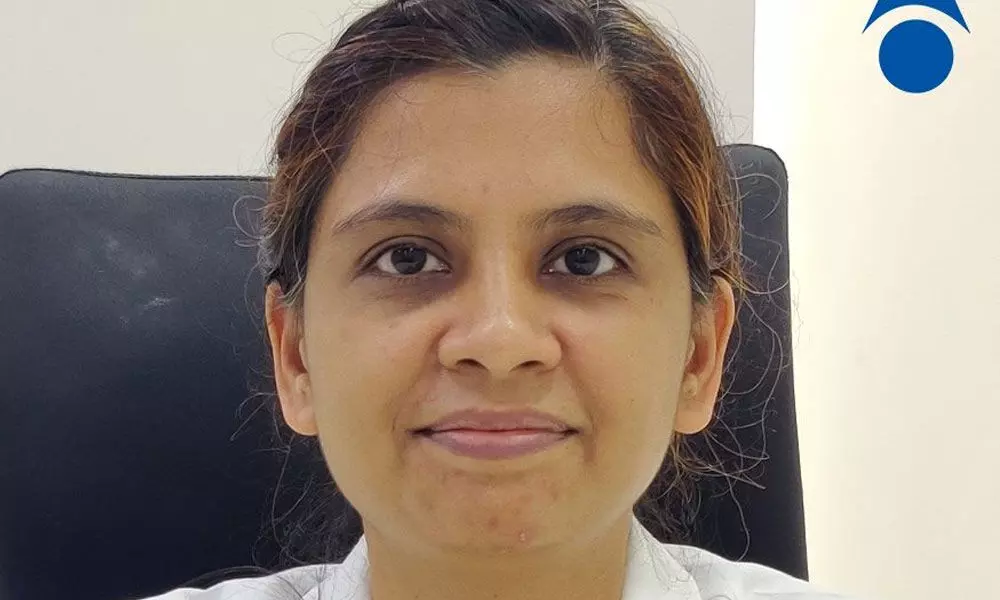India may soon be capital of glaucoma, warns ophthalmologist

Bindiya Hapani
Dr Bindiya Hapani, Senior Consultant Ophthalmologist, Dr Agarwal’s Eye Hospital, has stated that India can easily be the world’s capital of glaucoma, an eye disorder that leads to irreversible blindness, with the disease affecting 12 million people, and remaining undiagnosed in over 90% of the cases.
Bengaluru: Dr Bindiya Hapani, Senior Consultant Ophthalmologist, Dr Agarwal's Eye Hospital, has stated that India can easily be the world's capital of glaucoma, an eye disorder that leads to irreversible blindness, with the disease affecting 12 million people, and remaining undiagnosed in over 90% of the cases.
"Increasing population of senior citizens, diabetics and people with refractive errors, the known potential risk factors, are set to make glaucoma a rapidly emerging non-communicable ocular disease in the country, which already accounts for 20% of the world's blind," she said
She further added that there are no known measures to prevent glaucoma. The only way to prevent blindness from glaucoma, which shows no symptoms in the early stage, is early diagnosis and treatment that could halt the progression of this silent "thief" of sight.
Dr Hapani said that nearly 40 million people in India, including 1.6 million children, are blind or visually impaired.
"Next to cataract, and untreated refractive errors, glaucoma is the third leading cause of blindness in India. However, glaucoma is more complex and dangerous as the sight loss caused by it is progressive and, unlike cataract, is irreversible. Glaucoma is both under-diagnosed and under-treated. It occurs when the pressure inside the eye (intraocular pressure) increases. The pressure is normal so long as the rate of production of aqueous humor, the clear liquid inside the front part of eyes, matches the rate of its drainage. However, when the channels carrying this fluid get blocked, the pressure inside the eye increases. This increased pressure damages the optic nerve, which passes the visual messages to the brain," she added.



















